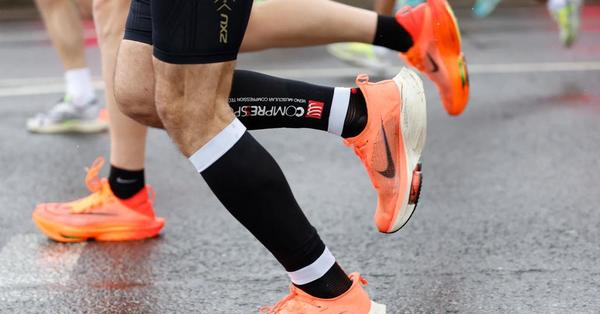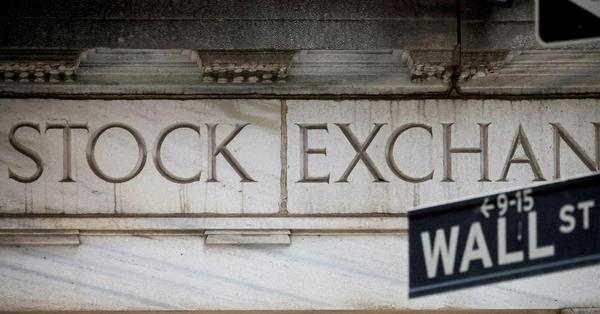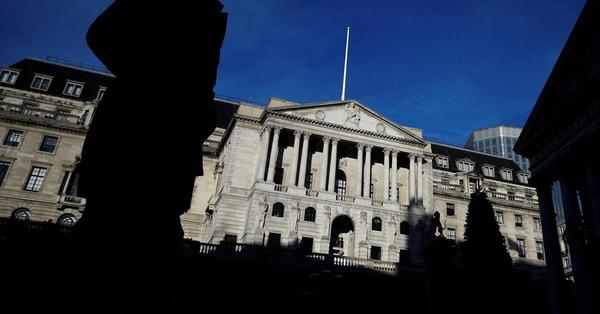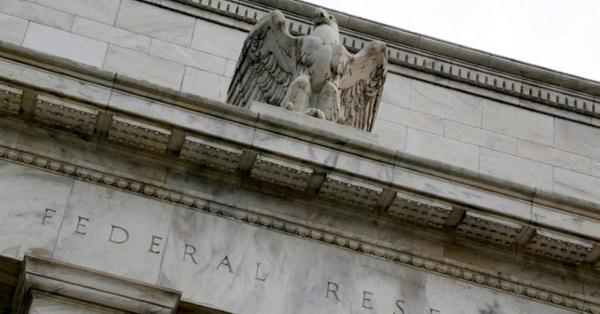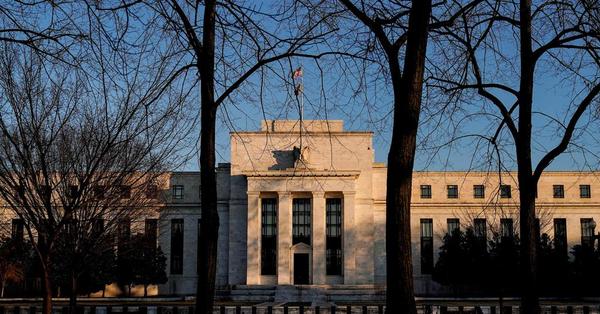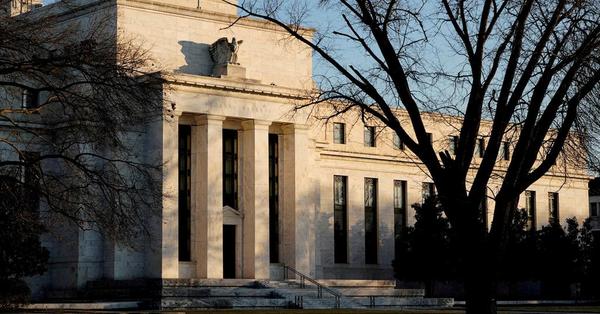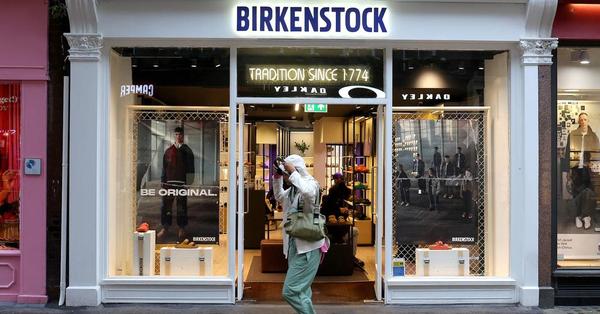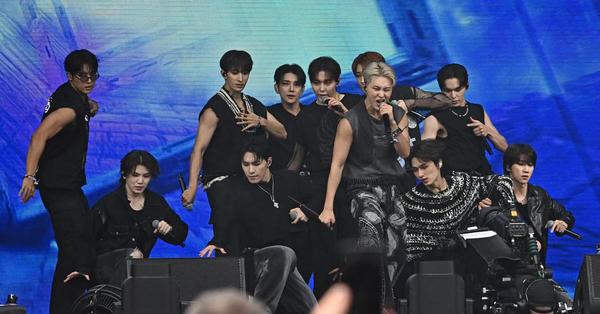
With high-energy song and dance, Seventeen brings K-Pop to Glastonbury
Boy band Seventeen skipped, twisted and gyrated in a high-energy performance on Glastonbury's main Pyramid Stage on Friday, making history as the first K-Pop group to appear at the iconic music festival in southern England.
The 13-member group, dressed in shades of black, performed highly synchronised dance sequences alongside peppy hits such as "HOT", "Rock with you" and "VERY NICE", thrilling thousands of music fans in one of Glastonbury's most atypical sets.
In Britain and at Glastonbury - which sells out before its line-up is announced - Seventeen may be relatively unknown, but the South Korean group had last year's biggest-selling album globally.
"Even though the language, country and culture are all different, we can still connect as one through music," singer Joshua Hong told the crowd after performing "SOS".
Seventeen drew a smaller crowd than proceeding acts on the stage, but many of those who came to check them out sang, waved and danced along even without knowing any of the songs. Loyal Seventeen fans, who are called "carats", lined the front row.
"It was really good, it was so much fun," said Kiera Finn, 26, from Liverpool in northern England, who said she had never heard Seventeen before.
"The crowd was so good ... It was kind of, like, this is what Glastonbury's all about, and everyone was just having fun."
The K-Pop industry, which involves rigorous training in dance, singing and language skills, has produced bands like BTS and Blackpink who are increasingly appearing at Western festivals, having won international fan followings.
Seventeen's appearance is another step for Glastonbury away from its traditionally hippie and rock ethos.
This year's line-up also features Dua Lipa, who will headline the Pyramid stage later on Friday, Coldplay, R&B singer SZA and country singer Shania Twain, among hundreds of other acts.
The 13-member group, dressed in shades of black, performed highly synchronised dance sequences alongside peppy hits such as "HOT", "Rock with you" and "VERY NICE", thrilling thousands of music fans in one of Glastonbury's most atypical sets.
In Britain and at Glastonbury - which sells out before its line-up is announced - Seventeen may be relatively unknown, but the South Korean group had last year's biggest-selling album globally.
"Even though the language, country and culture are all different, we can still connect as one through music," singer Joshua Hong told the crowd after performing "SOS".
Seventeen drew a smaller crowd than proceeding acts on the stage, but many of those who came to check them out sang, waved and danced along even without knowing any of the songs. Loyal Seventeen fans, who are called "carats", lined the front row.
"It was really good, it was so much fun," said Kiera Finn, 26, from Liverpool in northern England, who said she had never heard Seventeen before.
"The crowd was so good ... It was kind of, like, this is what Glastonbury's all about, and everyone was just having fun."
The K-Pop industry, which involves rigorous training in dance, singing and language skills, has produced bands like BTS and Blackpink who are increasingly appearing at Western festivals, having won international fan followings.
Seventeen's appearance is another step for Glastonbury away from its traditionally hippie and rock ethos.
This year's line-up also features Dua Lipa, who will headline the Pyramid stage later on Friday, Coldplay, R&B singer SZA and country singer Shania Twain, among hundreds of other acts.


